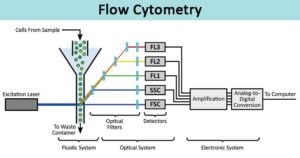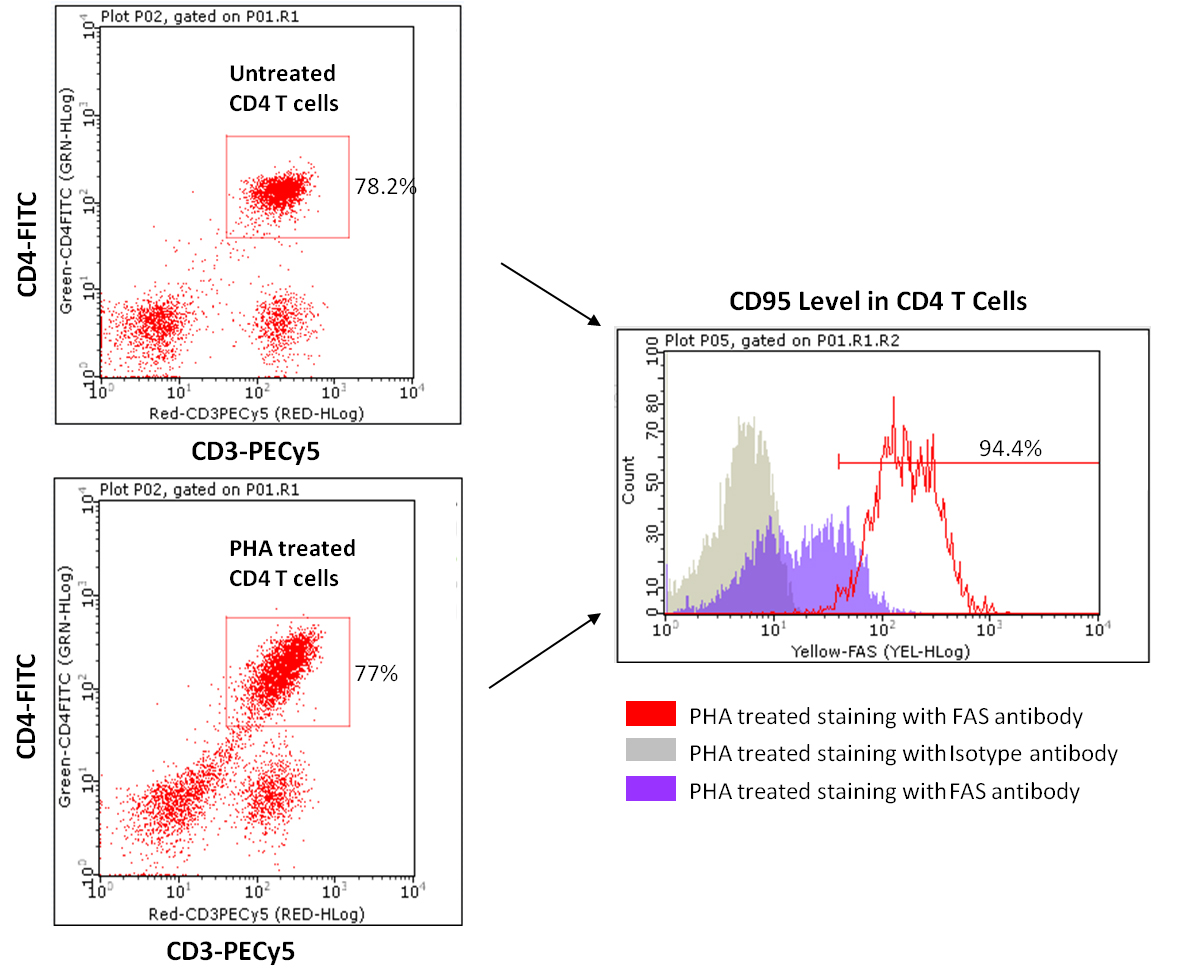

Soon after, flow cytometry instruments were developed, including the Cytofluorograph (1971) from Bio/Physics Systems Inc. At that time, absorption methods were still widely favored by other scientists over fluorescence methods. The first fluorescence-based flow cytometry device (ICP 11) was developed in 1968 by Wolfgang Göhde from the University of Münster, filed for patent on 18 December 1968 and first commercialized in 1968/69 by German developer and manufacturer Partec through Phywe AG in Göttingen.

Fulwyler developed this in 1965 with his publication in Science. Mack Fulwyler was the inventor of the forerunner to today's flow cytometers - particularly the cell sorter. The first impedance-based flow cytometry device, using the Coulter principle, was disclosed in U.S. Other instruments using flow cytometry include cell sorters which physically separate and thereby purify cells of interest based on their optical properties.įor more historic details, see cytometry.

Cells are often labeled with fluorescent markers so light is absorbed and then emitted in a band of wavelengths. The sample is focused to ideally flow one cell at a time through a laser beam, where the light scattered is characteristic to the cells and their components. In this process, a sample containing cells or particles is suspended in a fluid and injected into the flow cytometer instrument. Flow cytometry (FC) is a technique used to detect and measure physical and chemical characteristics of a population of cells or particles.


 0 kommentar(er)
0 kommentar(er)
